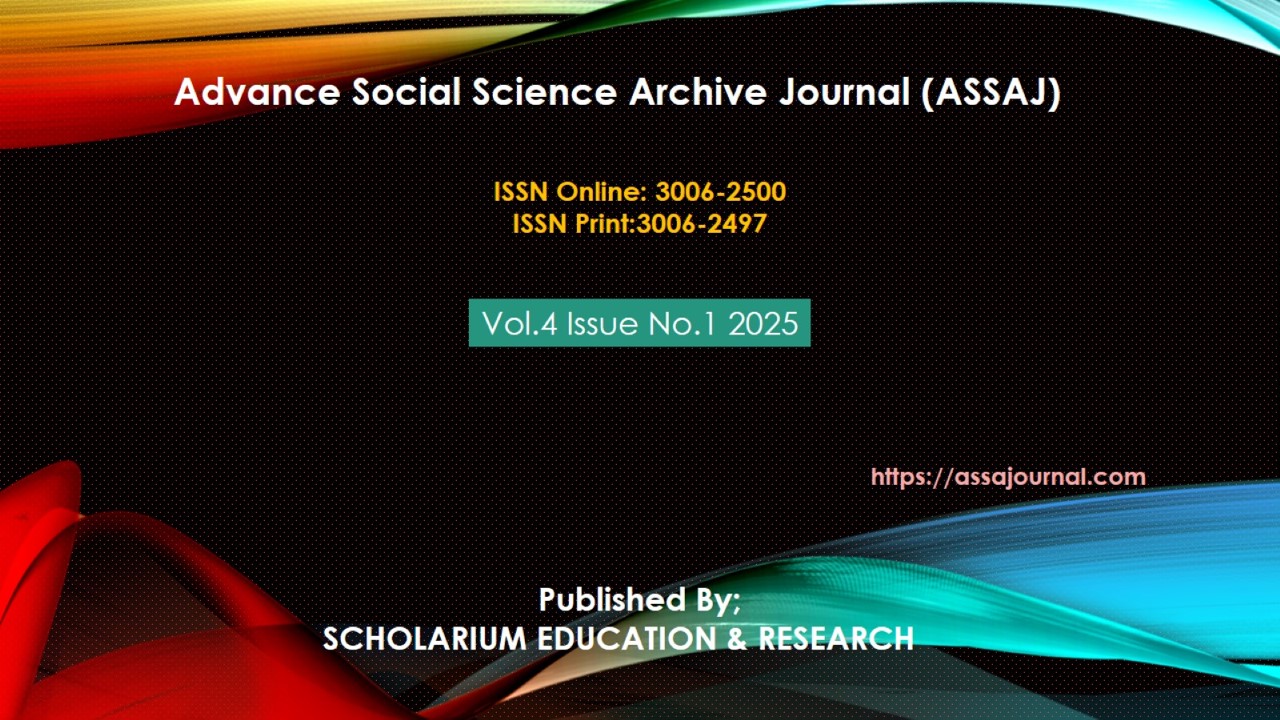Cinema as Postcolonial Archive: Indo-Pak, British, and African American Narratives Rewriting History through Visual Storytelling
Abstract
Cinema functions not only as entertainment but as a historical archive that preserves and reinterprets colonial and postcolonial memory. This article examines how Indian-Pakistani, British, and African American filmmakers use film to rewrite historical narratives marginalized by official archives. Drawing on postcolonial theory and media studies, it argues that these cinemas “stage” alternative histories: South Asian filmmakers reconfigure colonial and Partition legacies, British (especially diasporic British) filmmakers confront imperial memory, and African American filmmakers recover narratives of slavery and segregation. Through a literature review and comparative analysis of key films and archives (e.g., period films like Kartar Singh and Khamosh Pani, British-Indian Viceroy’s House, and Black “race films”), the study shows how visual storytelling becomes a form of counter-history. Notable findings include that South Asian cinema often merges colonial and local hierarchies into new postcolonial formations, that film archives (like the Separate Cinema Archive) actively preserve Black history beyond traditional media, and that all these filmic practices contribute to a “sincere pursuit of a sensitive and humane” historical understandingsahapedia.org. The conclusion underscores cinema’s unique ability to open “a new language” of memory, enabling communities to reclaim and re-narrate their pasts.
Keywords: Cinema, Postcolonial Archive, Indo-Pak, British, African American Narratives, Rewriting History, Visual Storytelling





